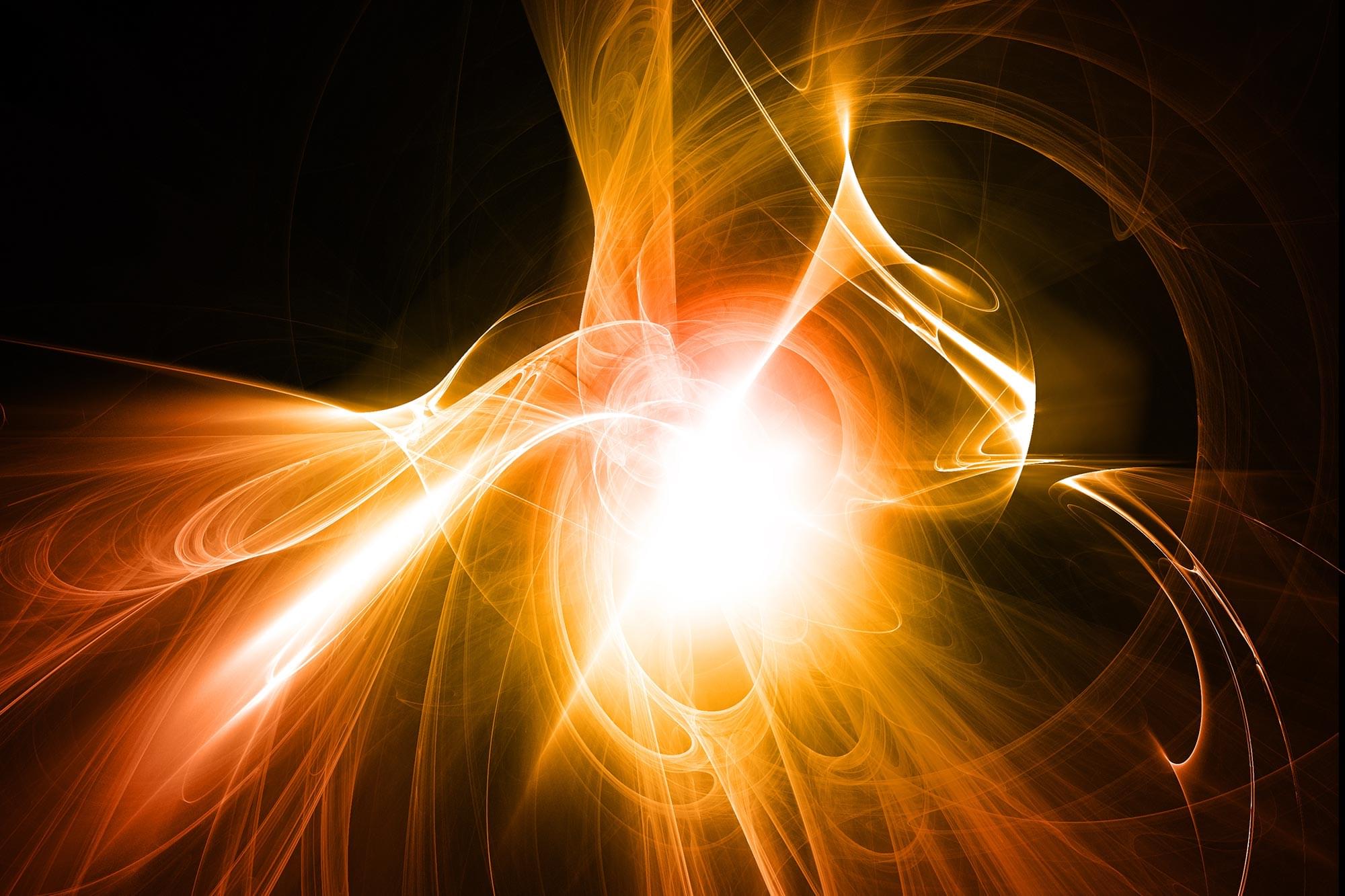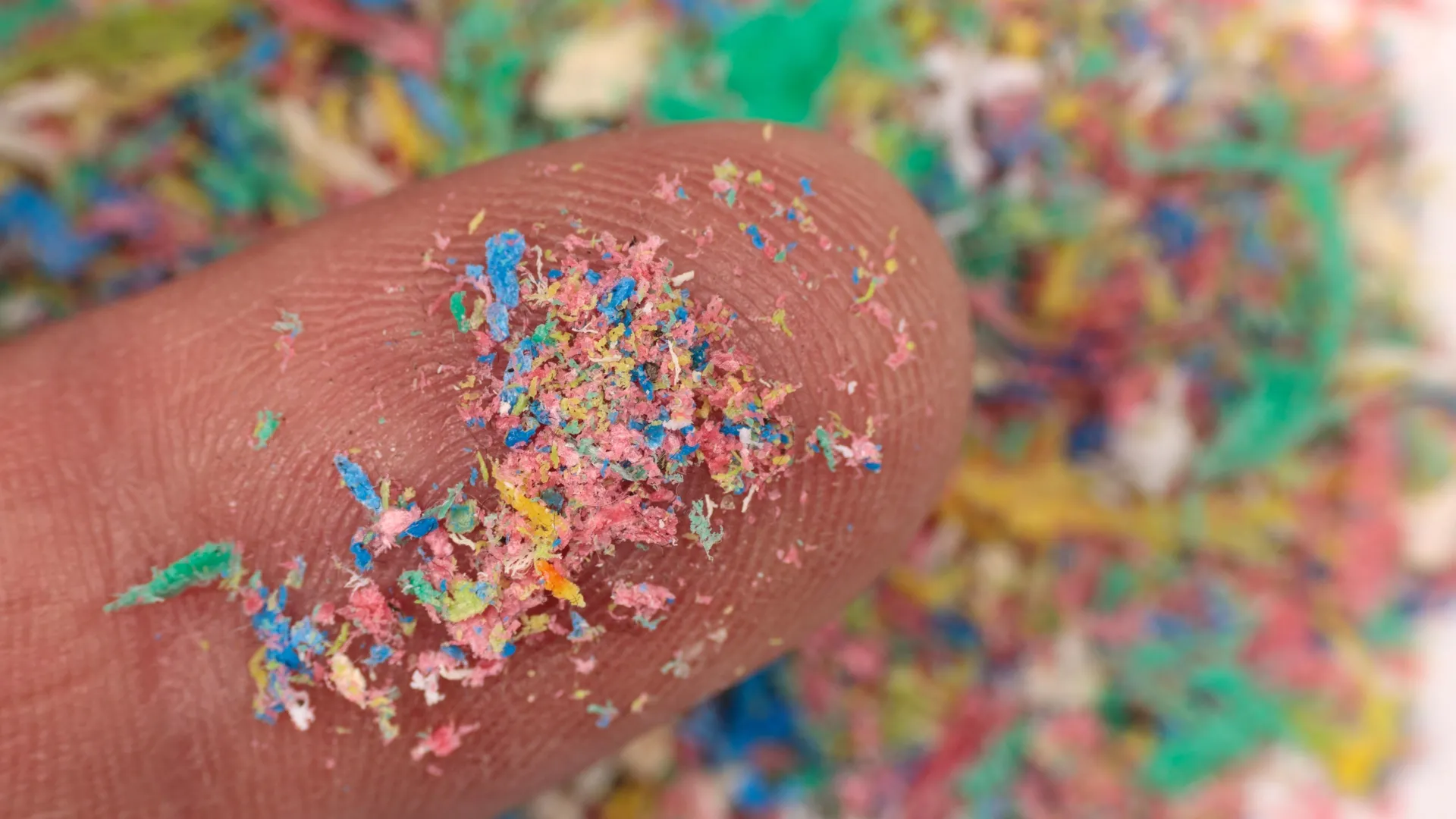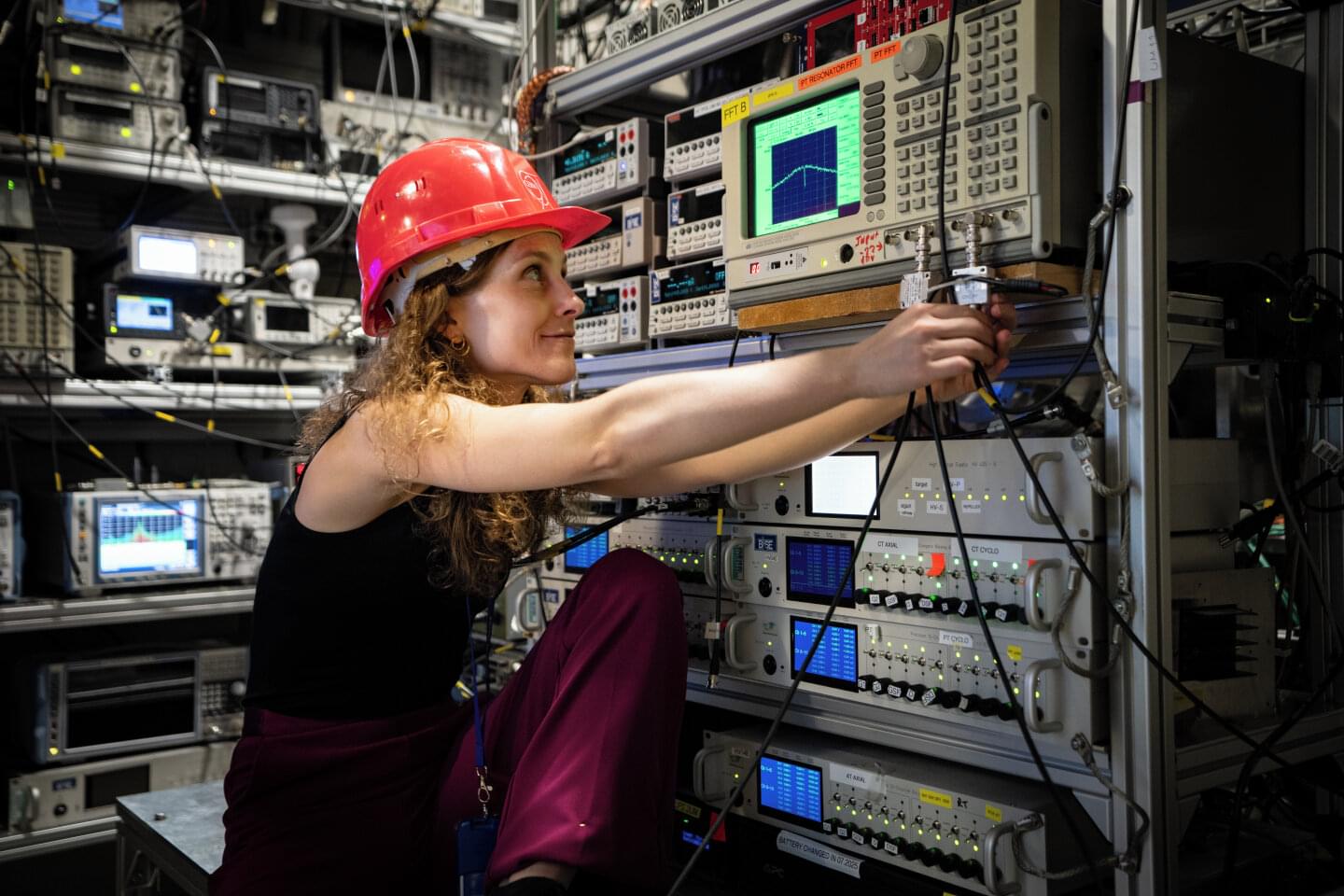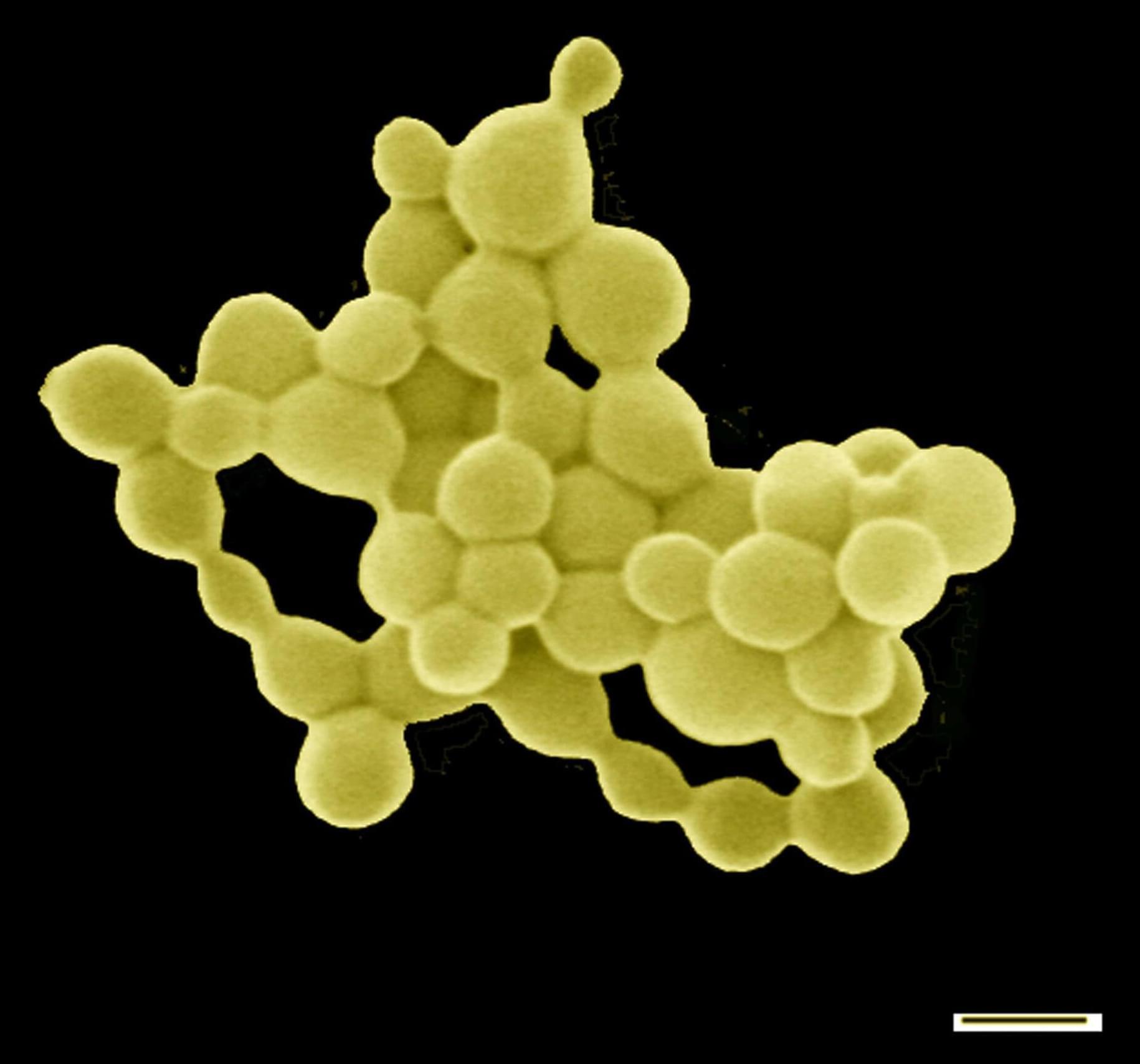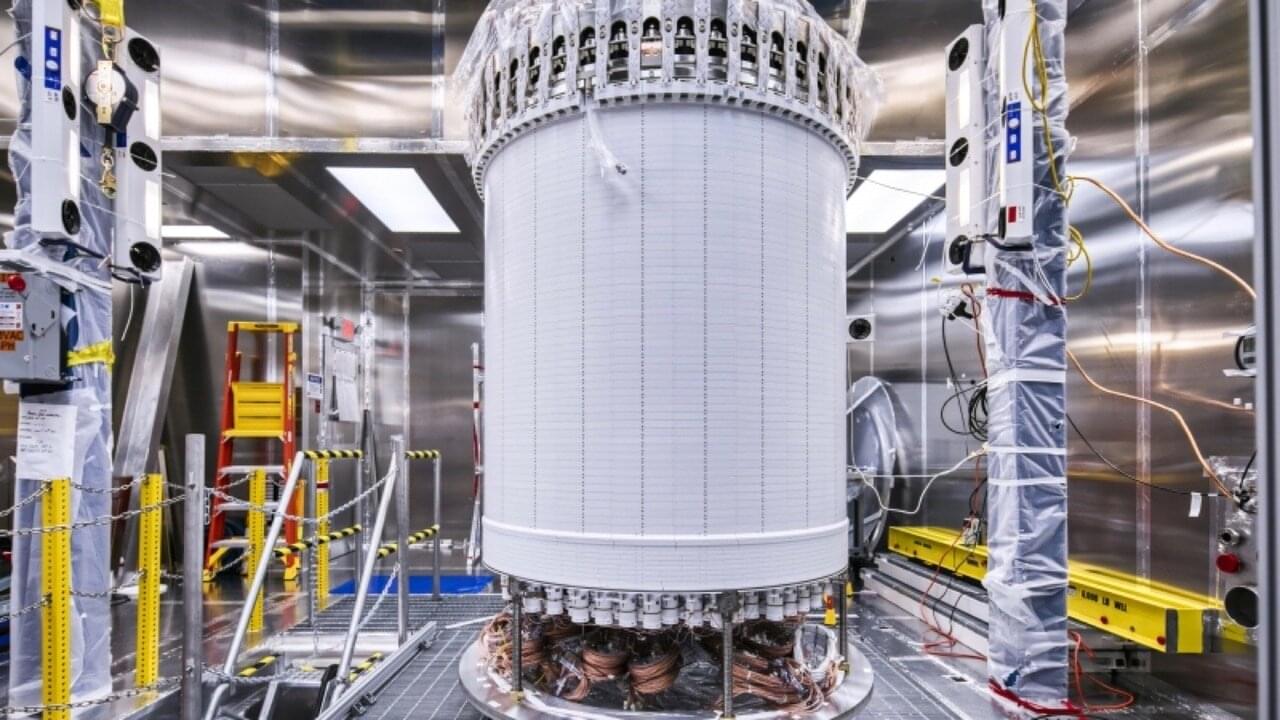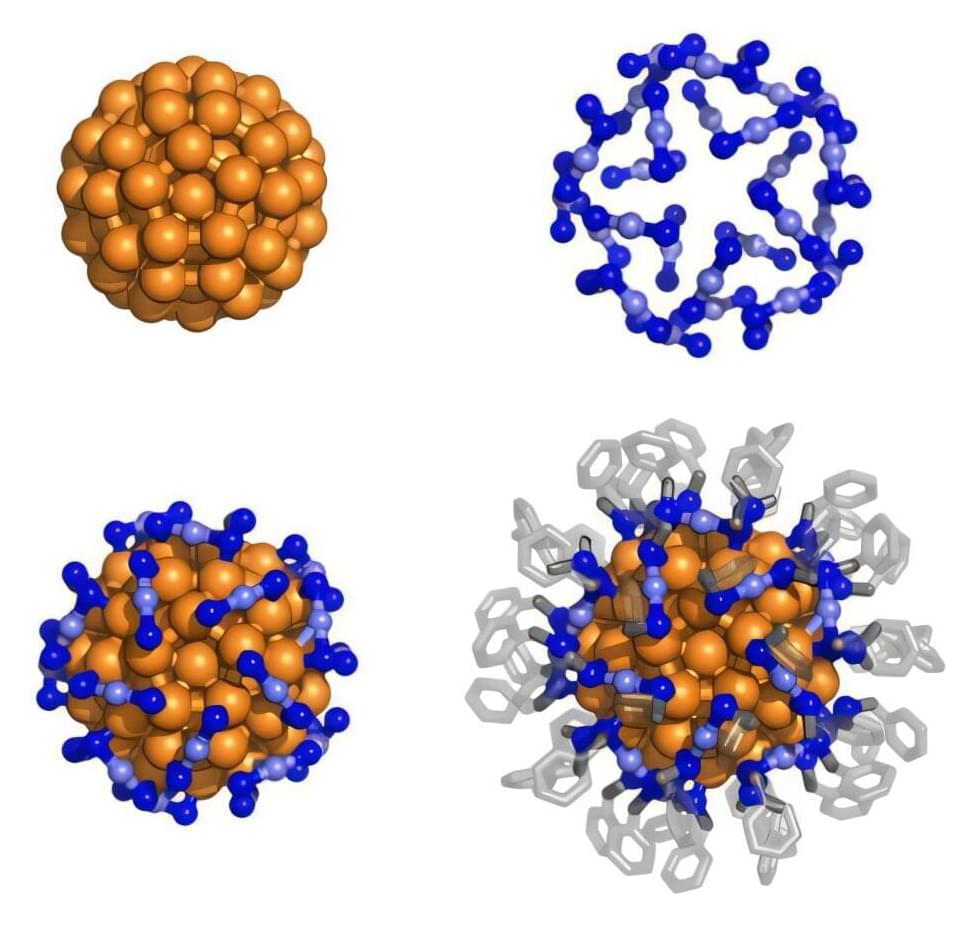Neutrinos are among the most puzzling particles in the universe. Nearly massless and incredibly elusive, they rarely interact with anything, yet they play a deadly role in the life cycle of stars far larger than our sun. These subatomic particles exist in three known types—electron, muon, and tau—and despite decades of study, many of their behaviors remain poorly understood.
Because neutrinos interact so weakly, it is nearly impossible to make them collide under laboratory conditions. As a result, scientists still do not know whether they follow the interaction rules laid out by the standard model of particle physics or if they engage in theorized “secret” interactions exclusive to neutrinos.
In a new study, researchers with the Network for Neutrinos, Nuclear Astrophysics, and Symmetries (N3AS), including members from UC San Diego, have used theoretical models to demonstrate that massive stars in the final stages of their lives may naturally provide the perfect setting for studying these interactions.

